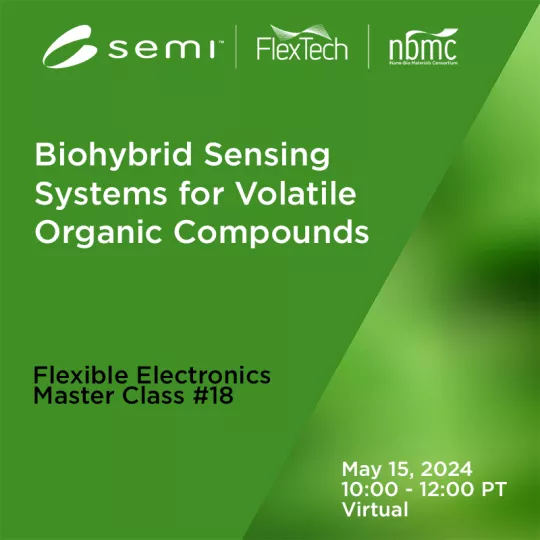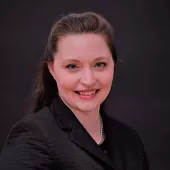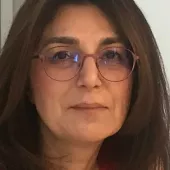May 15, 2024

This webinar features Dr. Elisabeth Steele of UES covering the status of non-linear advances in gas-phase sensing to identify chemical threats, toxic industrial compounds, and physiological changes present in human breath.
Time
10:00 am - 12:00 pm
Location
Virtual, Online,
United States

The Department of Defense needs non-linear advances in gas-phase sensing to identify chemical threats, toxic industrial compounds, and physiological changes present in human breath. Currently, fieldable instruments for gas analysis are large (>0.5 cubic feet), expensive (>$50,000), and slow. Hand-held devices are limited to identification of specific targets such as nitrogen oxide, oxygen, and carbon dioxide or generalized estimated concentration of total volatile organic compounds (VOCs). Biohybrid sensing involves combining biological sensory elements with electronic components in a SWaP-C solution for fast and accurate detection of VOCs. Unprecedented VOC sensing potential lies within the biological sense of olfaction, which boasts rapid, selective, and sensitive capability to identify hundreds of thousands of compounds in complex environments. However, there are currently no commercially available devices harnessing the capability of olfaction due to the challenges in the bioelectronic interfacing necessary for maintaining long-term stability and environmental conditions necessary to sustain olfactory signaling elements (whether it be at the organ-, cell-, or protein-level). This course will provide an overview of the current state of biohybrid VOC sensing comparing and contrasting examples utilizing olfactory organ/tissue-based, cell-based, and protein-based modalities.
ABOUT THE SPEAKER
Dr. Elisabeth Steele is a biomedical engineer at Blue Halo serving as a Lead Scientist and Team Lead supporting sensor development at the Air Force Research Laboratory (AFRL). Her expertise is in neural tissue engineering and electrophysiology with recent focus in the design and testing of biohybrid gas sensors inspired by insect olfaction. Dr. Steel conducted neuromodulation research as a post-doctoral fellow with Dr. Tim Bruns at the University of Michigan. Additionally, she served as a Technical Sales Engineer with NeuroNexus Technologies, the industry leader in microelectrode array technology for neuroscience electrophysiology applications. She received her PhD (2018) and M.S. (2013) in Biomedical Engineering from Wayne State University in Detroit, Michigan. She completed her B.S. in Bioengineering in 2007 from University of Toledo.
Featured Speakers


Registration
SEMI Members: $49
Use your corporate email address during log in to be recognized as a SEMI Member.
Non-Members: $99
Students: Free
Contact Gity Samadi (gsamadi@semi.org) with a picture of your student ID to receive your discount code.
